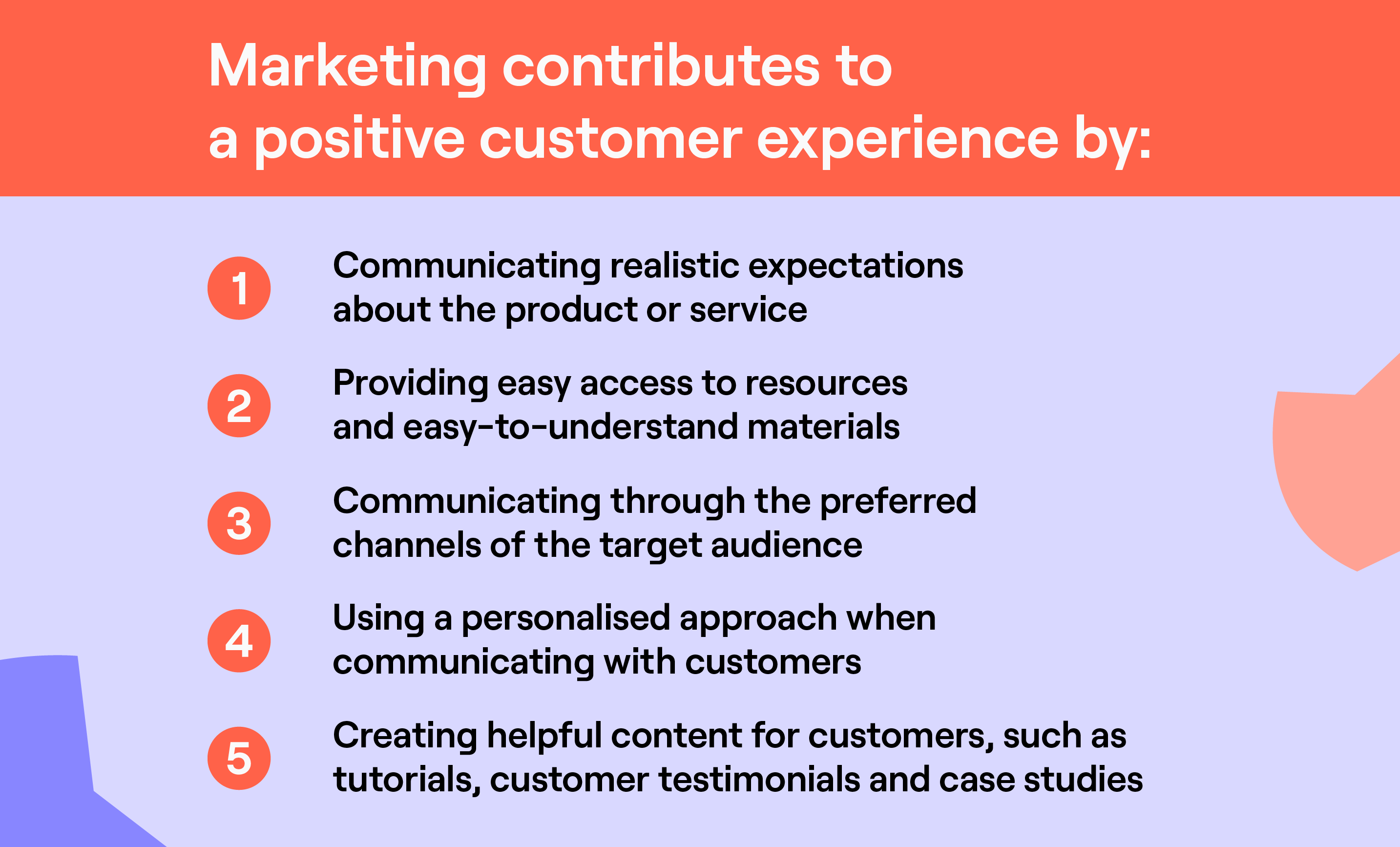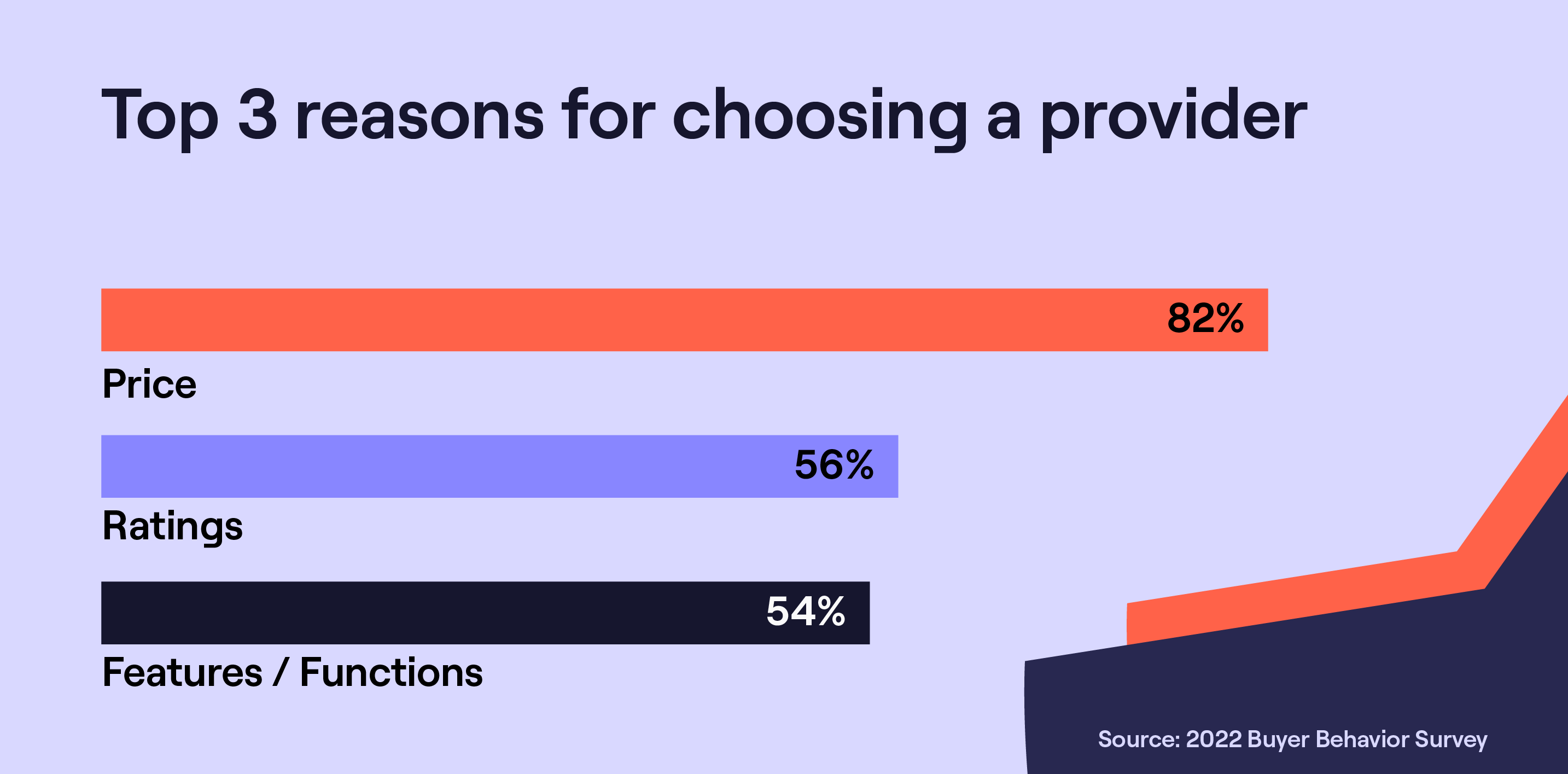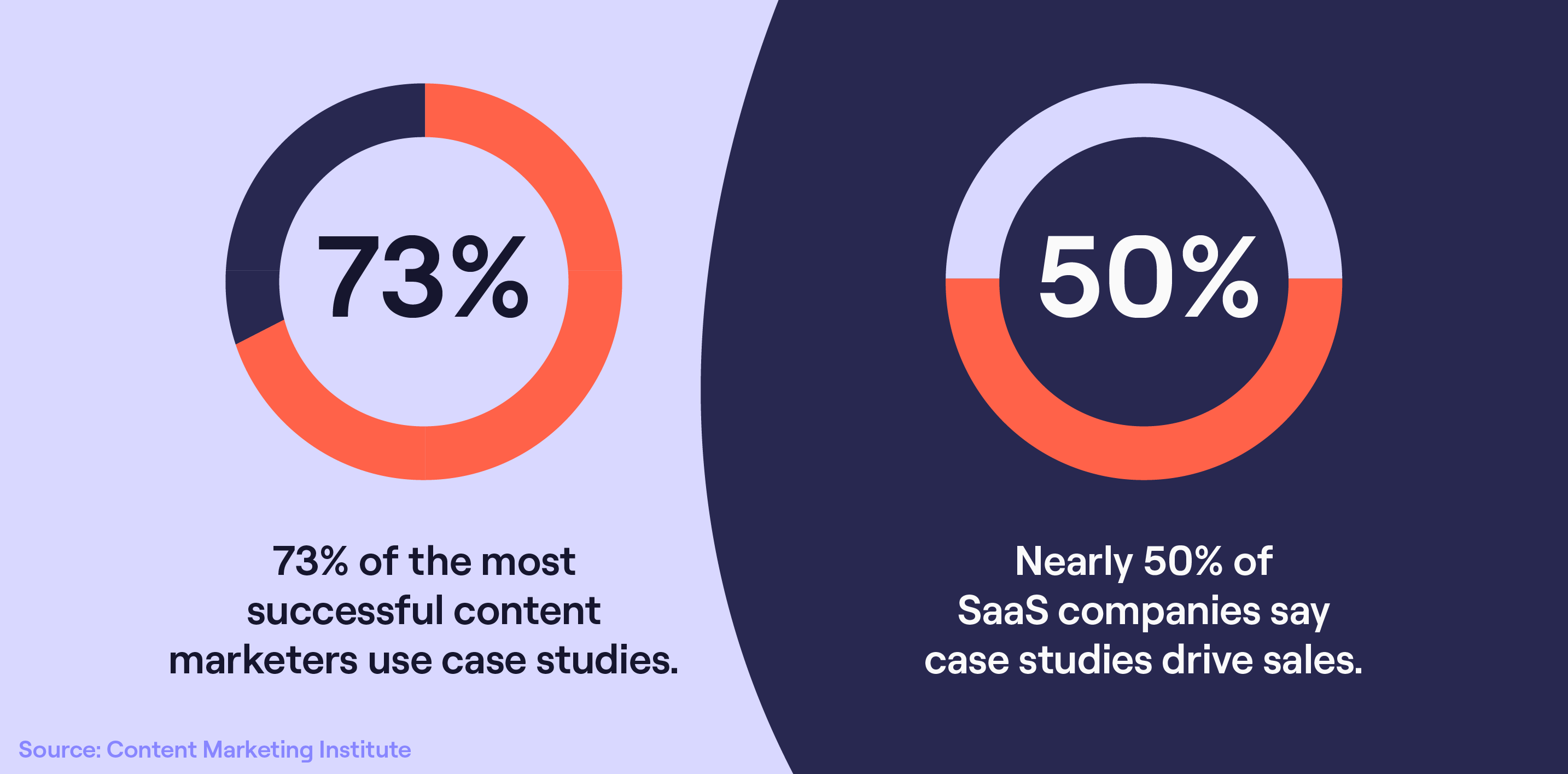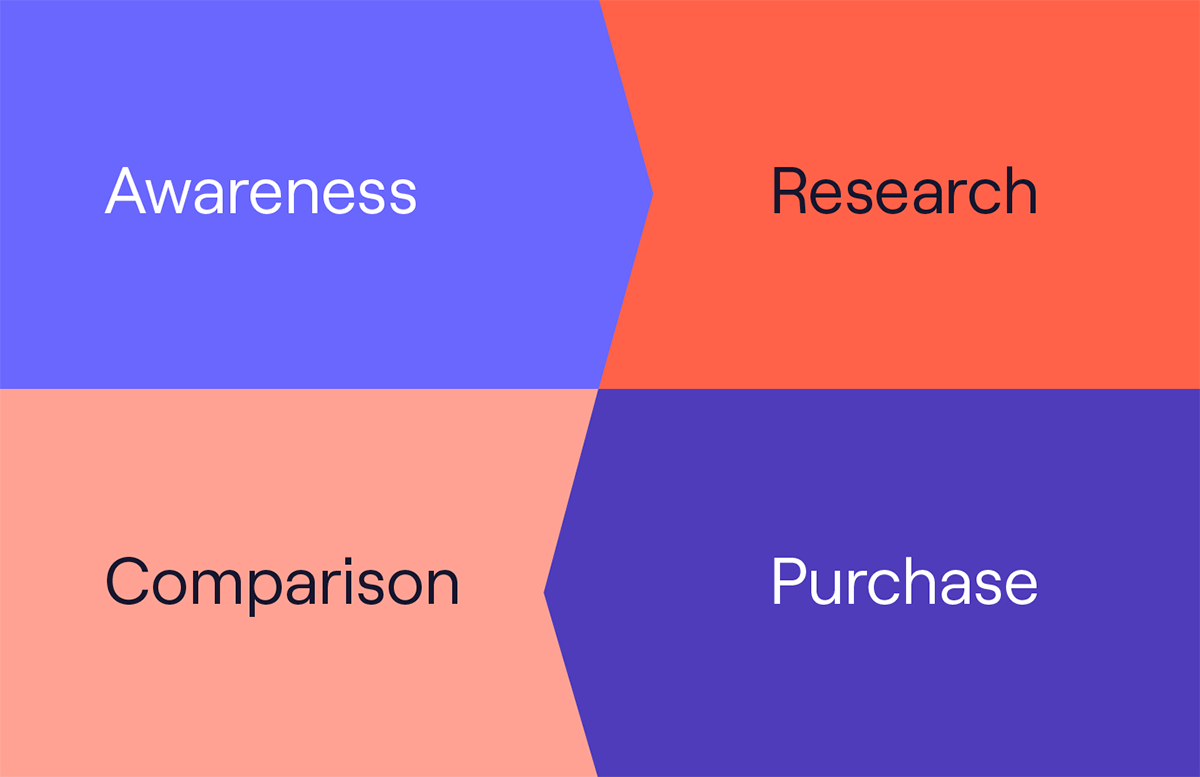Interview: Why marketers must put the customer experience first
Content:
In today's business world, it is no longer enough to simply promote and sell a good product. After all, customers want to be well looked after and know they are in safe hands even after they make a purchase.
Therefore, companies need to make the customer experience a top priority for their business.
In our interview with Rico Wildenauer, Customer Success Team Leader at Mailtastic, we get to the bottom of these questions:
- Why is the customer experience so important for the success of a company?
- What makes a good customer experience?
- What influence does marketing have on the customer experience?
- How can marketing and customer-facing departments create content together?
- Is the customer experience really the marketing of tomorrow?
Sharing knowledge: Creating value for customers
Nowadays, customers experience a brand through all the different touchpoints they have with the company. Each of these touchpoints plays an important role. Whether it is a post on social media or an interaction with an employee on live chat, the goal is always to create a consistent and positive experience that strengthens the brand image.
Therefore, the close collaboration between relevant departments is vital in creating a positive customer experience. The focus here is on the sharing of information.
For marketing, it is about understanding, among other things:
- What characterises the ideal customer?
- What does the communication between customers and the company look like? Are there differences depending on company size, industry or contact person?
- What content do employees who regularly interact with customers share with them?
- What information is particularly important for customers once they’ve made the purchase? What questions do they ask?
Rico adds, “Based on those insights, you can create the perfect material and get the most benefit on both sides.”
By knowing your customers' challenges, interests and goals, marketers can create very specific content around that. On the other hand, customer-facing departments can benefit from marketing and better support their customers with the right content.
Together, they can develop content that offers customers real value and addresses their individual needs.
How marketing influences the customer experience
If you’ve ever bought something and felt disappointed afterwards, you’ll feel like you’ve been let down. Sometimes, there is a gap between a customer's expectations and their experience of a product or service. To close the gap, marketing and customer experience must work together. Marketing influences customers' expectations before they make a purchase.
Rico explains:
"What is communicated to the outside world has to be 100% aligned with what the customer gets to ensure a positive customer experience."
“If that matches, people will always have a good feeling. They will go on to form a positive opinion of you and your company and they will be happy to come back.”
When companies fail to meet their customers' expectations, they can become dissatisfied and frustrated. Clear communication is therefore crucial to avoid misunderstandings:
"You have to define very clearly: What is the expectation, what do I get and how do we get there. All kinds of ambiguities or statements that could be misinterpreted have to be removed."
The challenge is to make the product understandable to the broader audience as well as to the person who buys from, reads about, or interacts with the company. It is therefore helpful to include the perspective of customer-facing employees in content marketing.

Build trust: Sharing expertise and supporting customers
Sharing content that addresses customers' challenges and goals contributes to a positive customer experience. It allows companies to highlight their expertise and show customers that they are the right partner for them. Rico explains:
“For example, if I have content on an issue that affects people in a particular industry and then I'm in contact with a customer in that industry, I can say, look, we've done a post on this, I think it might help you.”
When interacting with customers, employees can demonstrate how the customer can be successful with the product. By providing easy-to-understand resources in a help centre, customers can access them at any time that suits them.
Here, it is helpful to offer different types of content and to include videos:
“People have less and less time to look at a product in depth and to read up on it.”
"If I manage to deliver as much added value as possible in a short time, I can have a very positive effect on the customer. That's why we try to make as many videos as possible that are short and concise so that customers have the most added value in the shortest time."
Adapt content and communication to customers
Marketers face the challenge of providing customers with appropriate content for each situation and level of expertise.
"The product has to be understandable for everyone, for the person I am communicating with, who is reading my article, who is in exchange with me or who is about to buy my products."
Personalised communication is therefore the key to the customer experience. Every customer should feel individually addressed and valued.
“For example, when we release a new feature, I can either communicate it in a very generic way to all customers: Here is the following update for the following integration.
Or I can personally approach the customer and say, we know you use the following feature or you have the following challenge, we have something new now that could have the following benefit to you.”
This small difference in how I address our customers makes a big difference.
“Every person notices when they get a generic email where just all the information is the same.”
"Mass mailings certainly have their place, but if we're talking about engaging people through marketing and customer experience in 2023, it's important to make it as personalised as possible."
In addition, employees who are in contact with customers can make targeted product recommendations with the right content.
Doing so can help in identifying valuable upselling opportunities. Rico explains:
“If I notice during the conversation that we have new features that would greatly benefit the customer, then I can point to our product page, a landing page or a case study that illustrates these benefits, for example.”
By creating content that addresses the customer's individual situation, questions and problems, companies strengthen their relationship with their customers. In doing so, companies show that they value the relationship with the customer and continue to give them time and attention long after they’ve made a purchase. Rico emphasises:
"It's important that a customer feels valued and knows that we care about their individual needs."
Marketing uses content to help customers make the most of the products and get the best results. When creating content and communicating with the customer, it is always about putting the customer and their questions and needs at the centre.
It creates a customer experience that the customer remembers positively and it also increases the likelihood of positive customer reviews.

Source: G2 and Heinz Marketing
The power of customer reviews and recommendations
Potential customers look at what experiences others have had with a similar problem and what product they use for it. They increasingly base their purchasing decisions on the opinions of other customers. As a typical example, Rico mentions customer reviews on Amazon.
“If you look at a product that has five thousand 4.5-star reviews, you will think it is good. This is also very important in the B2B sector because the effort a company puts into finding and implementing a solution is very high and the barrier to entry is much higher.”

Source: 2022 B2B Buyer Behavior Survey
Therefore, positive reviews and testimonials on platforms create trust in a product or service. Positive customer experiences therefore help to strengthen a company's reputation and ensure that customers recommend a company to others.
To support this, companies can actively ask their customers to leave a review on the most popular review platforms in their industry. For example, employees who have contact with customers can provide them with a link to a review platform or survey.
Rico gives an example of how his team collects feedback from customers:
“We created an online survey and integrated it into our email signature.”

Example of an email banner in Customer Success asking for feedback on the Mailtastic experience.
This way, companies can get feedback from a large number of customers without having to put in a lot of effort. Rico's experience shows that a positive customer experience is the key to more customer reviews.
“The better a customer's experience, the more customers will say, I loved that, and I recommend that now.”
Customer reviews and referrals should therefore be a key objective for any business. Rico explains:
"That's the position you want to be in. Referrals save an immense amount of time and money because, for example, the sales department has to spend less time finding and qualifying suitable leads. Customers come up to you on their own and say "I want that, let's look at it together."
When companies provide a seamless customer experience, they have the opportunity to turn their customers into true brand ambassadors who actively share their experiences with others.
Word-of-Mouth through Case Studies
Case studies showcase real life examples of the impact a product or service can have on a business. They give potential customers realistic insights into the benefits and value that a company can offer.

Source: Content Marketing Institute
The marketing team should therefore work closely with client-facing departments on collecting customer success stories and sharing them with prospects.
“If a customer has a good experience, companies can turn it into a case study. This in turn can be used as a hook for new marketing activities.”
By using case studies companies can make full use of the potential of word-of-mouth.
"There is no better marketing than someone who is really excited about your product," says Rico, underlining the power of customer-centric content.
Customer reviews and case studies have an authentic and credible effect on potential customers. They increase trust and the reputation of one's own brand.
Case studies are therefore particularly effective methods to convince potential customers of the quality of your products or services. This type of content positively influences the purchase decision and strengthens the market position.
We would like to thank Rico for the open and insightful interview!

-1.png)
